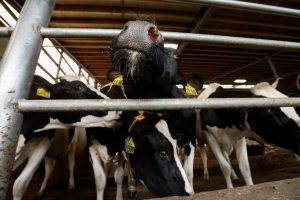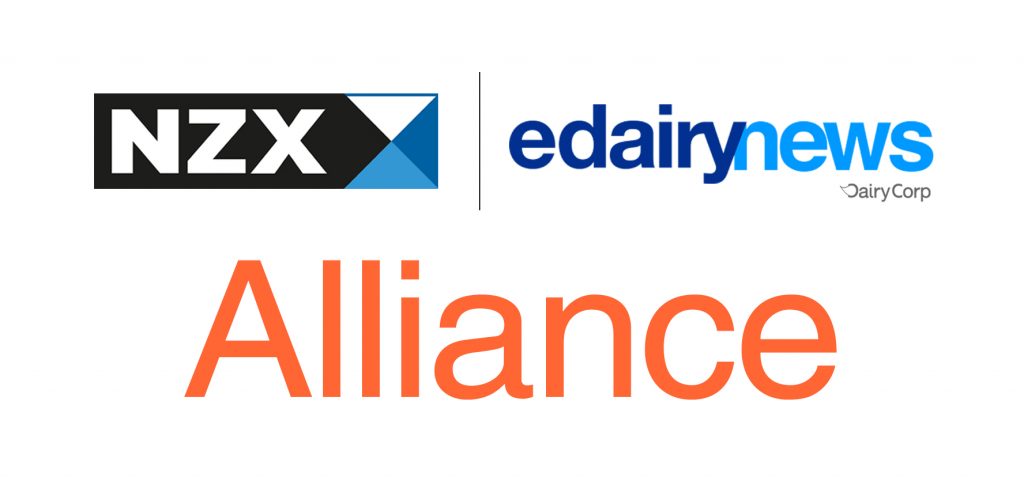As predicted, a very large Dairy Margin Coverage (DMC) payment is coming to producer’s mailboxes. In fact, June’s DMC income over feed cost calculation set a new record low at just $3.65/cwt. Milk covered at the $9.50 level will realize an indemnity payment of $4,366.09 for each million pounds enrolled. This is down $1.18/cwt from May’s previous record low.
Premium alfalfa hay fell $7 per ton to $310, and corn slipped $0.05 per bushel to $6.49. Soybean meal dropped $10.12 per ton to $413.46, making feed costs $14.25/cwt, down $0.22.
The margin above feed cost is down $1.18/cwt from May’s previous record low. This is the lowest milk income margin level since the inception of the DMC program and its predecessor, the Margin Protection Program for Dairy (MPP-Dairy). Year-to-date payments total $16,780 per one million pounds covered at the maximum level.
Phil Plourd, president of Ever.ag Insights, says producers are also reminded to utilize risk management tools like Dairy Revenue Protection (DRP).
“These are times that remind us that risk management requires vigilance and diligence. I don’t think many folks had margins sinking this low in 2023. Yet here we are,” he says.
The DMC program was authorized in the 2018 farm bill to offer protection to producers when the difference between the all-milk price and the average feed price falls below the producer-selected margin trigger.
Jim Mulhern, NMPF CEO, says DMC’s catastrophic coverage level is at the top of his team’s farm bill list.
“The catastrophic coverage level within the basic DMC includes up to 5 million pounds of annual protection, which is about a 200 to 220 cow herd. We’re looking at DMC’s tier 2—anything above basic—adjustments because those markets collapsing would be more akin to a truly ‘catastrophic’ event,” Mulhern says.
















